Save our rivers: Cork waterways that bred Olympians are choked with sewage
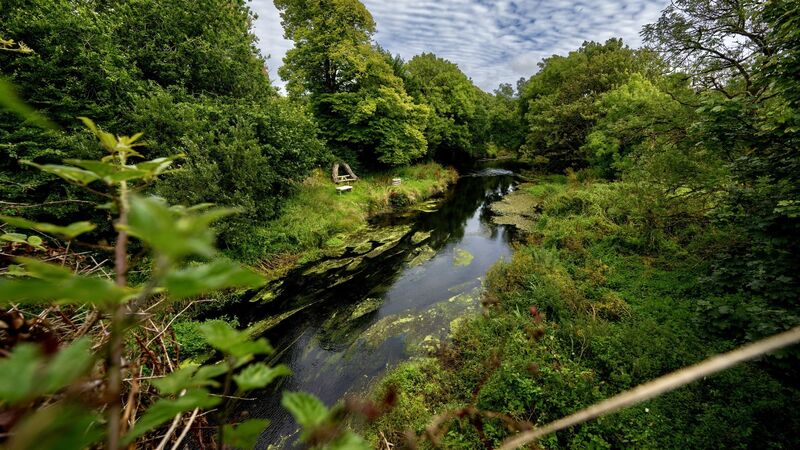
Green algae caused by pollution floats on the surface of the River Argideen in Shannonvale at a community recreation area that has been closed off to the public by the council for health and safety reasons. Picture: Chani Anderson
It’s one of the most charming river names in the country: the Argideen literally translates from Irish as the “little silver river”. But the Argideen in West Cork has a problem that is both far from charming, and decades in the making.
Barry O’Mahony grew up in the village of Shannonvale, a couple of kilometres outside Clonakilty. As a child, he swam in the Argideen, and played football in the riverside park in the village. Locals including his father regularly maintained the area, installing a barbeque and planting flowers.
Today, the small park is fenced off from the public, and Barry has recorded videos of himself in wellies on the site, shin-deep in sewage, tracing rivulets of effluent as they run into the Argideen.
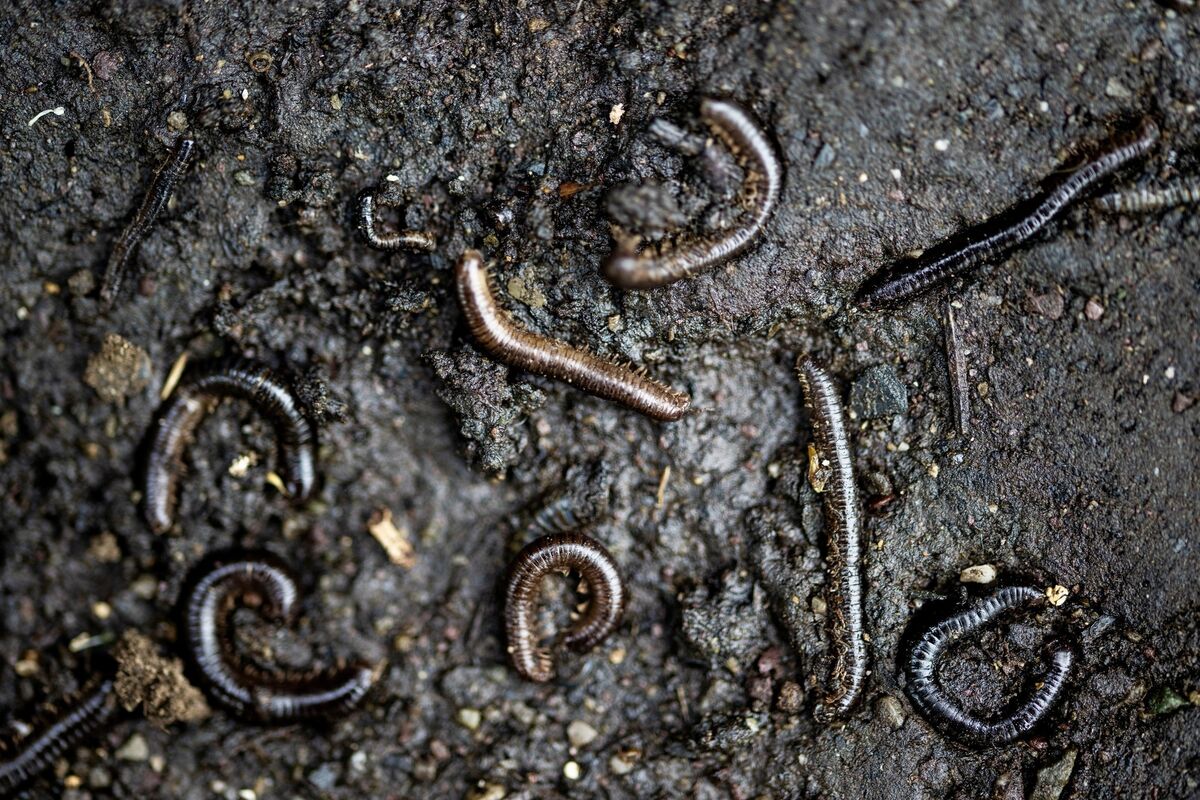
It’s a problem that has plagued Shannonvale for much of Barry’s life. In fact, when he decided to run in the local elections in 2024 as an independent candidate for Skibbereen-West Cork, he had the dubious honour of recreating a vintage photo taken of his father Dan 25 years earlier, standing on the bridge in the village holding a pint glass of sewage at arm’s length.
CLIMATE & SUSTAINABILITY HUB
Barry has been campaigning, like his father before him, for a solution to the sewage problem at the heart of his birthplace for the past eight years. In the 1970s, the local authority had installed a septic tank for a row of nine cottages in Shannonvale, he explains.
“Every time it leaked, Cork County Council’s solution was to dump more and more soil onto it to hide the problem,” he says. “But that actually compacted the soil underneath so that it can’t soak away.
"The retaining walls of the septic tank itself are now crumbling, so there’s groundwater leaking into it, and sewage leaking out of it, and there’s storm water getting into it too, so the whole thing is an engineering nightmare, to be honest.”

Read More
The result is that what was once an idyllic river amenity at the heart of village life has become “an open cesspit, basically,” Barry says.
“I grew up in those houses and later came back and lived there as an adult and I can tell you: it’s misery. During the winter, the rain is getting in and you can see the sewage, and in the summer there’s the smell and the flies. There’s no time of year that you’re not just absolutely haunted by that scandal.”
The Argideen is one of 87 river bodies in the Bandon/Ilen catchment, and it’s amongst the 22% of the Bandon-Ilen catchment to only have moderate water quality: the sampling point closest to Shannonvale was characterised as “at risk” of not meeting its water quality targets in the latest EPA catchment report of May 2024.
It’s also the source of the drinking water for the Clonakilty area: the Jonesbridge water treatment plant that serves Clonakilty and other West Cork towns takes in water from the Argideen just over a kilometre downstream from Shannovale, Barry points out.
“We want to highlight that it’s not just Shannonvale that’s affected by this,” he says.
Last year, some area residents formed a new group called Clean Water Clonakilty. They filed Freedom of Information requests and, in documents seen by the , Uisce Éireann released a list of 40 dates between 2020 and the end of January 2024 that the Jonesbridge water treatment plant shut down automatically due to high levels of ammonia in the water.
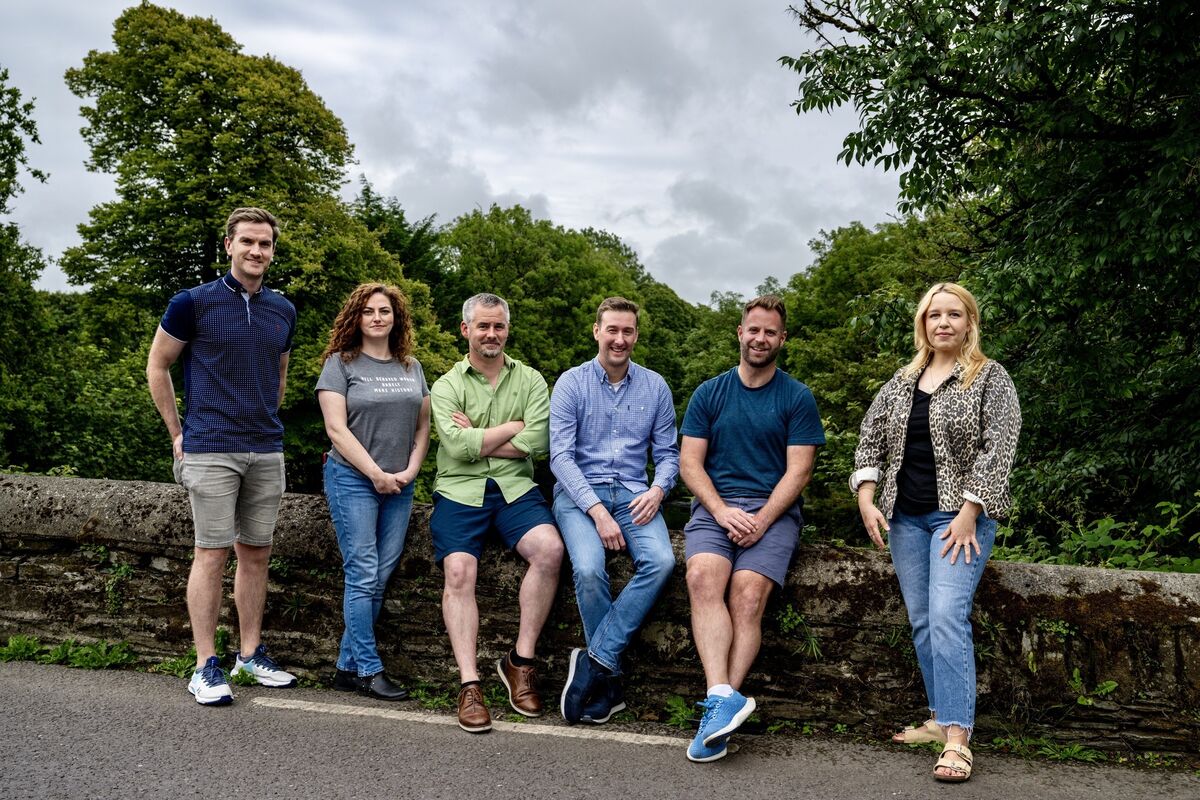
“Obviously ammonia can also come from farm run-off and things as well, but 40 times in four years seems a bit extreme,” Barry says. “I think that the Shannonvale problem is part of it.”
The length of time that the sewage problem is ongoing and the lack of urgency in finding a permanent solution is, he says, “frustrating and infuriating”.
When he first started campaigning for a wastewater treatment upgrade, Irish Water and Cork County Council had dual responsibility for water services: it was only in January 2023 that Irish Water changed their name to Uisce Éireann and took charge of all wastewater treatment in the country.
Almost seven years ago, Irish Water had agreed to include Shannonvale in their next round of feasibility assessments.
“We had a commitment from them that it would go through their five-stage process where they assess it for viability, and then go to costing and then on. Shannonvale had gone to stage three, in other words, they had selected the option that made the most sense, and costed it, and then it had gone to the business case assessment, where they had to justify the budget.”
But after a year with no news, Barry got back in touch: he was told their solution, to install a sewage pump at Shannonvale and pipe the waste over the bridge and connect it to Clonakilty sewage mains, had been deemed unworkable in a workshop with Cork County Council, and had gone back to phase one of the process.
“It took five years to get through the first two phases, and we were back to the drawing board,” Barry says.
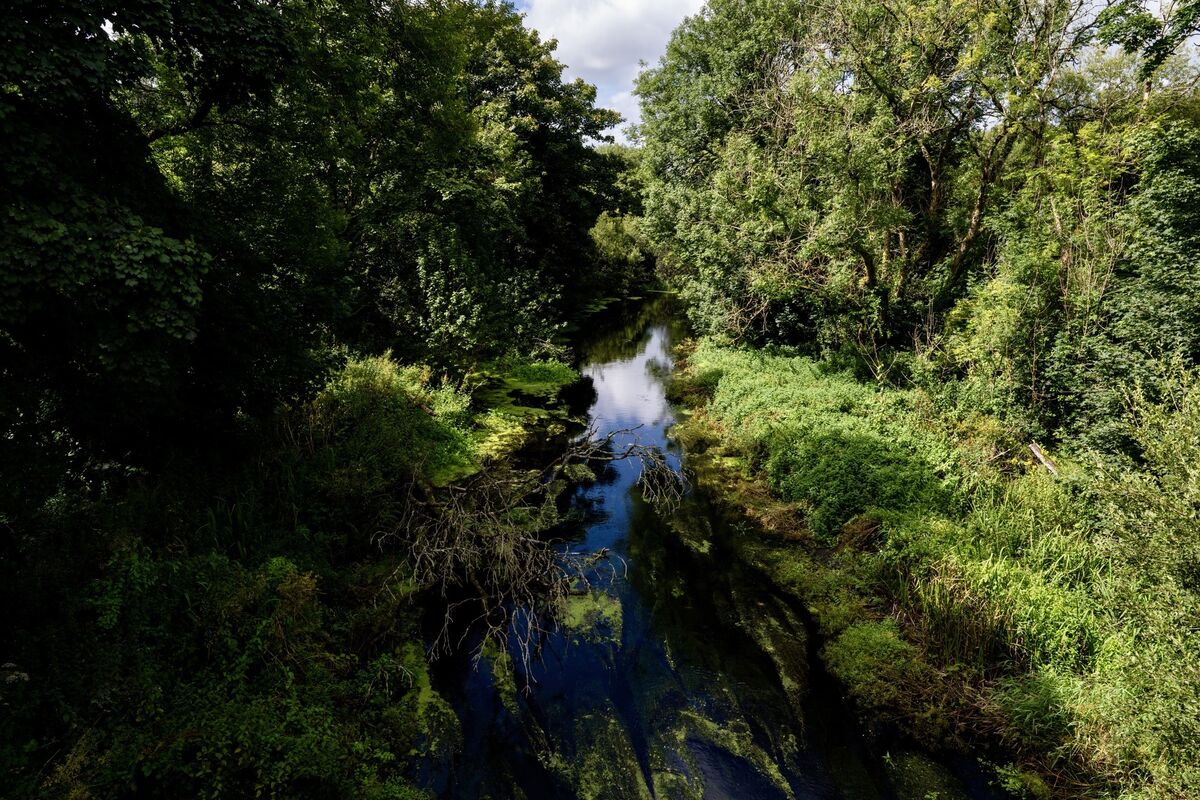
“The first step in this process was held in December 2021 and this assessment will continue during 2024 before progressing to the Stage 2 Preliminary Business Case. Once the Stage 2 assessment for a project is complete, further updates on the budget and timelines for delivery will be available.
"Uisce Éireann governance steps must be completed when moving from one project stage to the next, which takes due regard for priority, available funding, and value for money,” Uisce Éireann said in a public response to an EPA report on Shannonvale in April of this year.
Ian O’Mahony, regional operations manager for Waste Water in the Southwest for Uisce Éireann, tells the that he would hope that Shannonvale and other at risk areas in the Bandon/Ilen catchment, including Dunmanway where the WWTP has been discharging raw sewage into the Bandon river this summer, would have assessments completed in time to be included in their 2025-2029 funding cycle.
Uisce Éireann are planning a further €400m investment in water service upgrades throughout Cork county in their next funding cycle, building on the €400m they spent in 2020-2025.
“It can be frustrating, but we have to make sure we’re doing it right and that it’s the right solution and it has to meet all the processes like environmental assessments and that does take time,” Mr O’Mahony says. “Typically, a project will take between five and 10 years to deliver.”
The Bandon/Ilen catchment of which the Argideen is a part is unusual for rivers in the west of Ireland, where lower population densities generally result in less pressure on water bodies: it has seen a worsening in overall water quality in recent years.
“The catchments with the best river water quality are located mainly in the west and southwest of the country. However, there has been a notable decline in three catchments that were previously noted as having the best water quality, namely; the Bandon-Ilen, Dunmanus-Bantry-Kenmare, and Blacksod-Broadhaven catchments,” the EPA commented in their 2016-2021 catchment report.
A growing human population and mounting pressure on outdated WWTPs seems to be part of the problem.
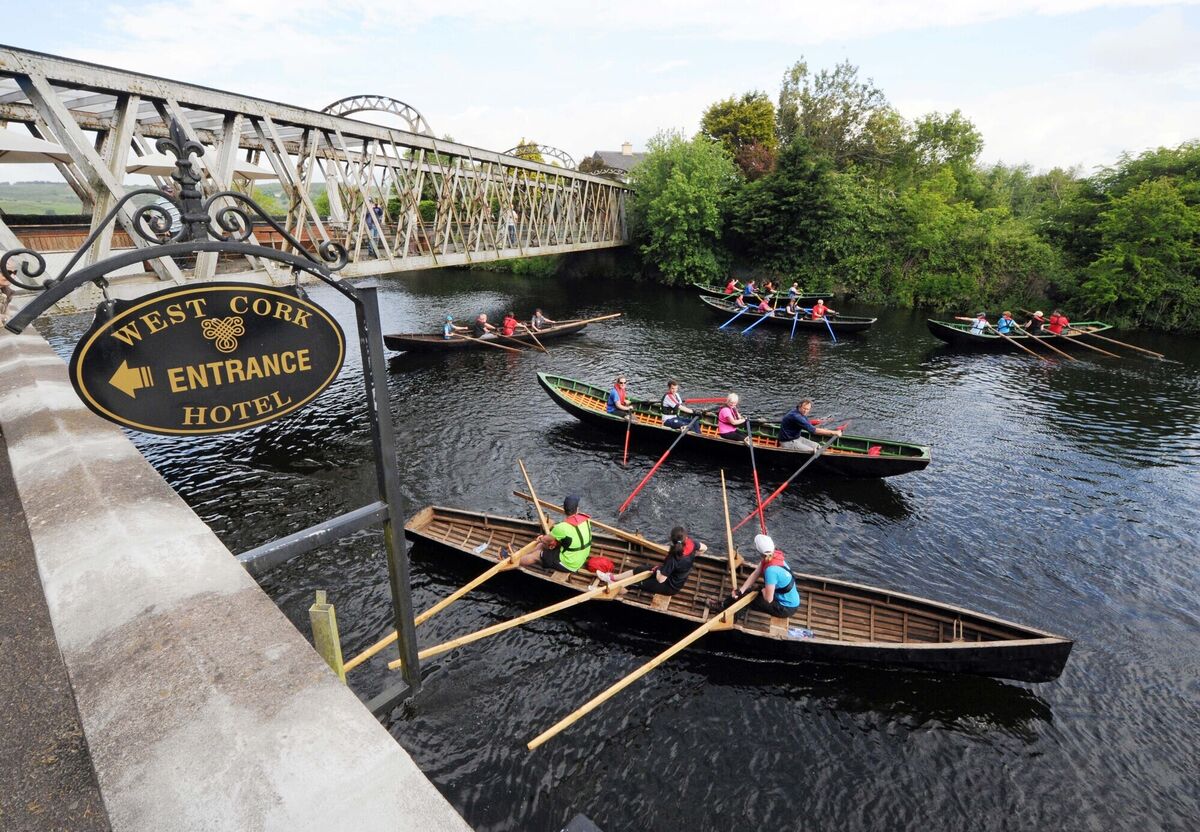
Cork County Development Plan 2022-2028 actually sets targets for population growth of up to 20% for towns and villages throughout West Cork, while simultaneously acknowledging shortfalls both in wastewater treatment and in drinking water capacity in Bandon/Ilen towns, including Dunmanway and Skibbereen.
But as with all of Ireland’s 46 river catchments, there are more pressures on the Bandon/Ilen than wastewater treatment alone: agriculture is again counted as the single biggest threat to the 87 river bodies in the catchment, with “anthropogenic pressures” the second highest risk and “urban waste water” listed as third: hydromorphology, or manmade changes to water courses, was listed as fourth.
The Ilen in Skibbereen has of course got an illustrious claim to fame as the river that trained Olympic medallists Paul O’Donovan, Fintan McCarthy and Gary O’Donovan: Skibbereen rowing club lies on its banks on the outskirts of the market town.
The EPA’s data for the Ilen up until 2021 saw the river body, which flows into the sea at Baltimore, achieve the highest possible water quality, worthy of a gold medal standard.
But in the summer of 2021, a fish kill on the river saw over 2,000 dead sea trout, salmon, eel and flounder found along a 2km stretch of the Ilen.
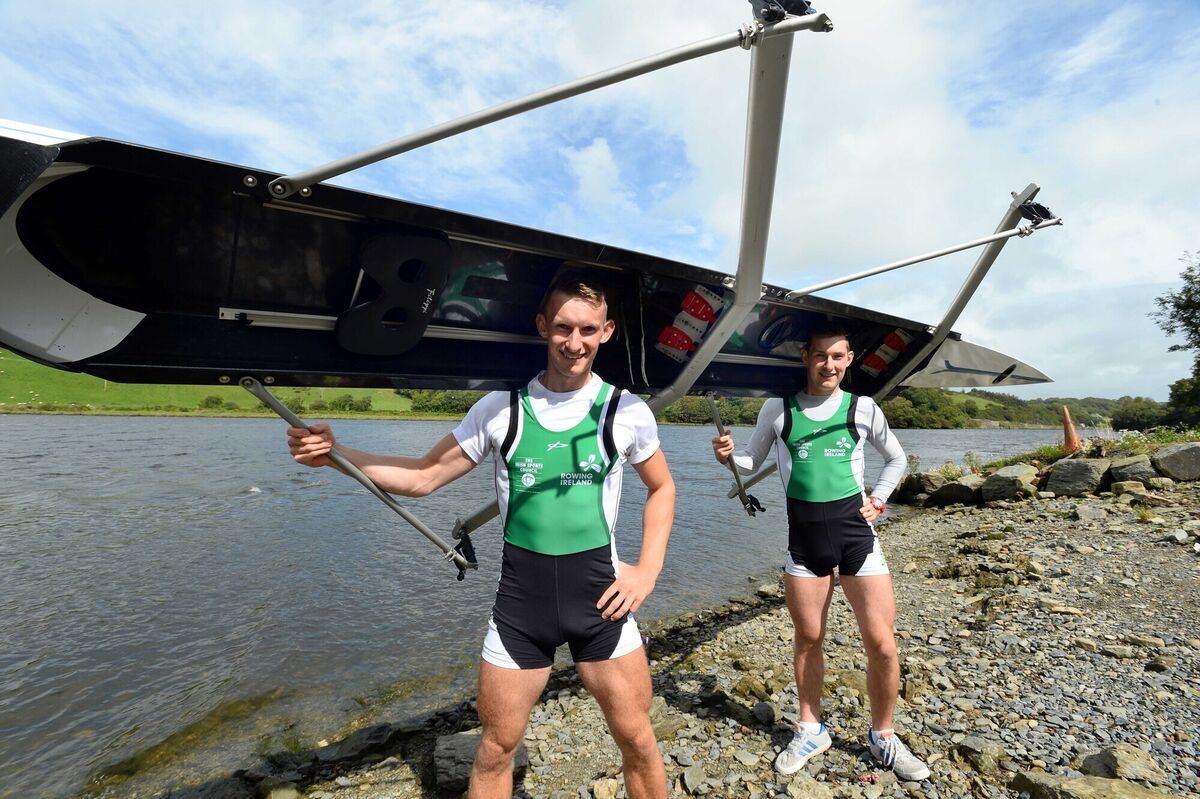
In 2022, West Cork Distillers, operating on the Marsh Road on the banks of the river, pled guilty to three offences of discharging liquids into the river but denied the fish kill.
Although Inland Fisheries Ireland (IFI) was set to prosecute, as reported by Mick Clifford and others in this paper in April of this year, the case fell apart at Skibbereen District Court when counsel for the IFI told the judge that they had to withdraw their case against the whiskey makers due to “difficulties within Inland Fisheries Ireland.”
An internal issue within the IFI meant that 55 cases around the country were dropped.
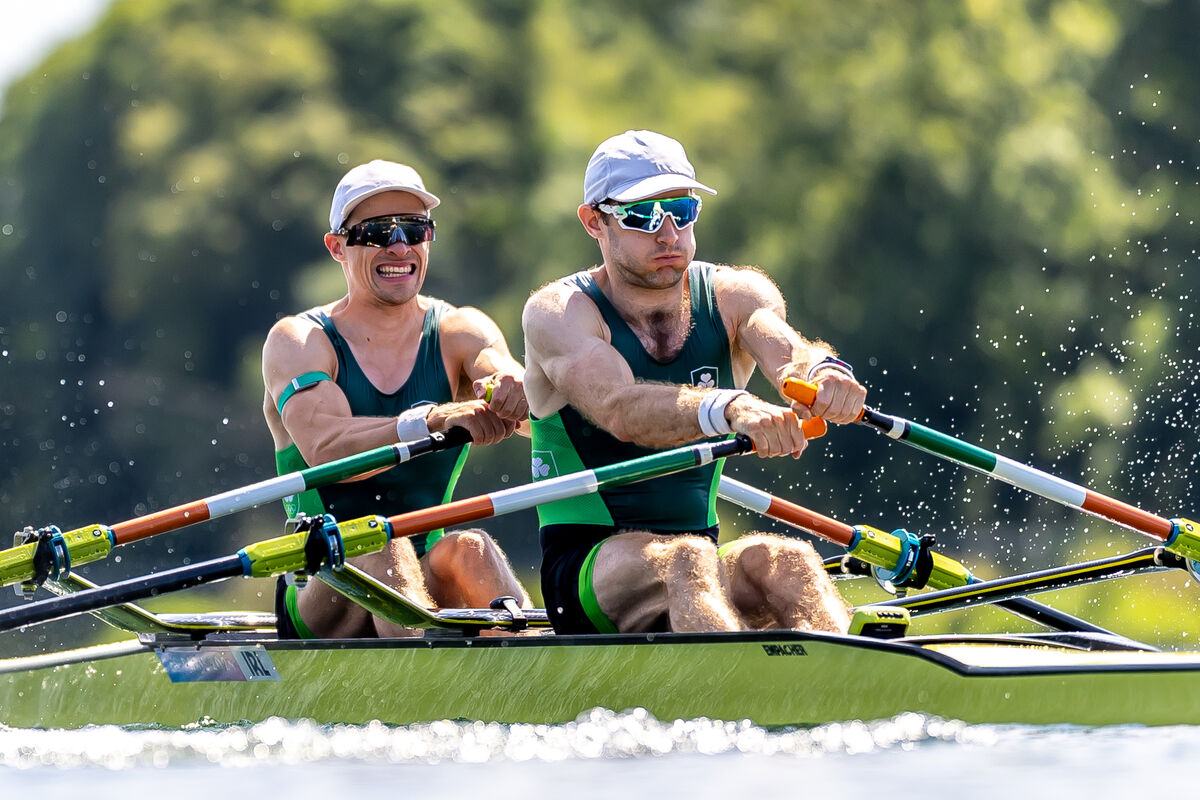
The IFI South Western representative did not want to comment for this article, saying that comment on water quality within catchments was a matter for the EPA.
The Bandon/Ilen catchment is an important habitat both for the endangered Atlantic Salmon and the Freshwater Pearl Mussel, an extremely threatened water-filtering bivalve that is only found in water of high quality.
In 2022, the Office of Public Works (OPW) flood relief works in Bandon town itself were subject to a court case: Wills Bros Ltd, contracted to the OPW, were held responsible for killing 200 fish who were trapped right at the start of the Bandon Flood Relief Scheme works in 2017.
Years later, when the €31.4m flood relief scheme was complete, it was discovered that the 130-metre rock ramp fish pass installed during the works, such a vast construction that it was dubbed “the whale pass” by locals, was doing the exact opposite of its job and actually trapping migrating salmon in pools below the town, right in the middle of the salmon run season.
As an emergency measure, the OPW installed a row of boulders in the river to form a new pool near the pass that the OPW said would “create a pool from which the fish can pass with greater ease.”
But last summer, in 2023, anglers were again warning local media that water levels on the Bandon downstream from the flood relief works were dangerously low for wildlife.
Back on the Argideen, Barry O’Mahony was so incensed by the lack of movement at Shannonvale that he ran as an independent candidate in the 2024 local elections: he didn’t get in, but he does say the awareness he brought to the sewage problem in the village was worth running for.
If Uisce Éireann include Shannonvale in their 2025-2029 expenditure, works may even be completed in time for the 30th anniversary of Barry’s dad first launching a campaign to solve the problem in 1998.
For a recent arrival to Shannonvale, Jack Hanly, the secretary of Clean Water Clonakilty, the issue is not only one of water quality, but of quality of life for the next generation.
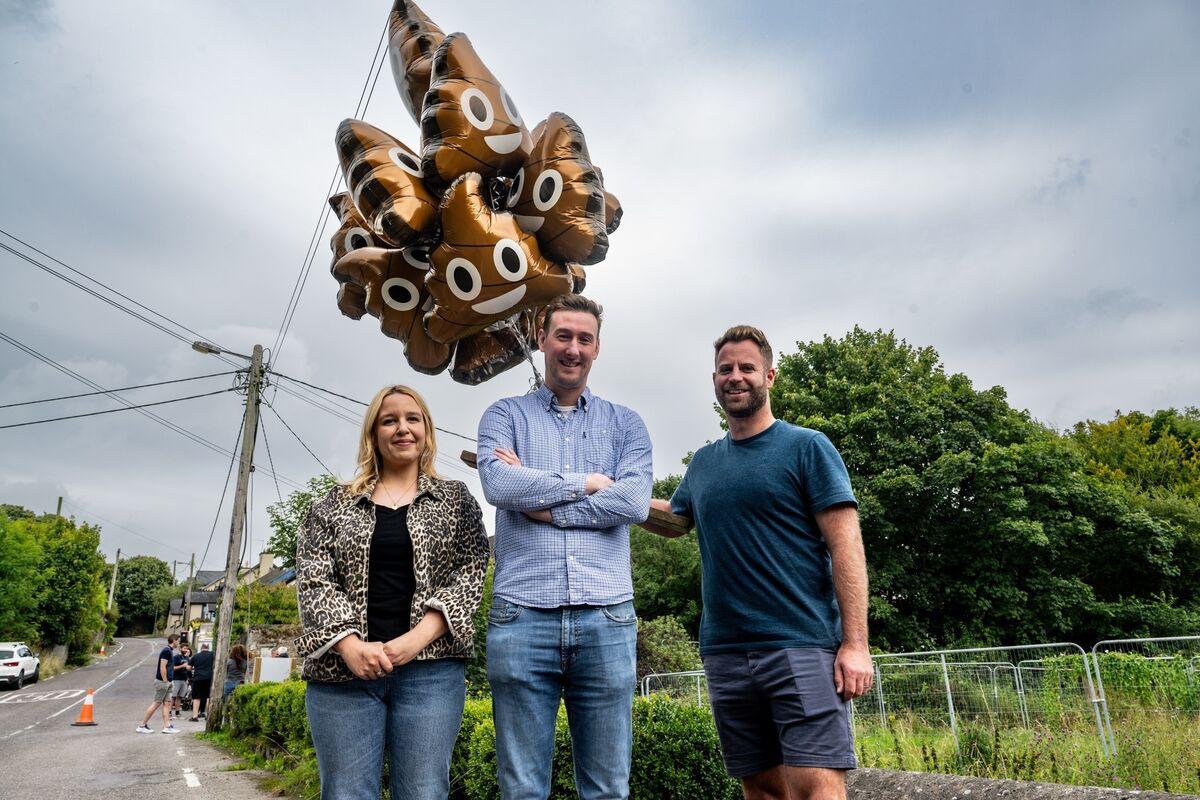
Mr Hanly, originally from Wales, moved to the area in December 2022, and quickly became involved when Clean Water Clonakilty was formed under a year later. He and his wife, who is from Kilbrittain, moved to West Cork when their first daughter was a toddler and they now have two little girls of two and four.
“I want them to have somewhere to play,” Mr Hanly says. “If you look at old photos of how the area used to be, you really see the potential for what Shannonvale could be if they solved the issue. It’s sad, and pretty horrendous, to be honest, that things have been left to get to this stage.
“Barry has told me how all the local kids used to learn to swim in the river, and it would be great if my daughters could do the same.”
CLIMATE & SUSTAINABILITY HUB













